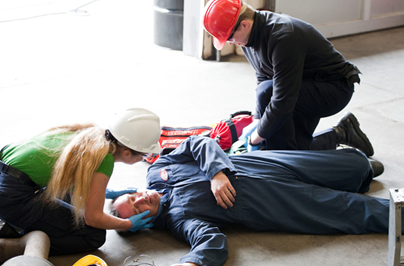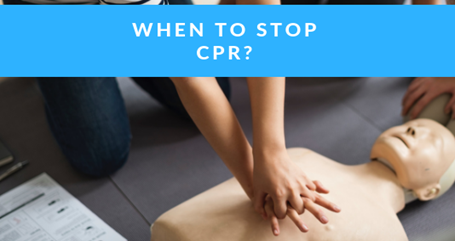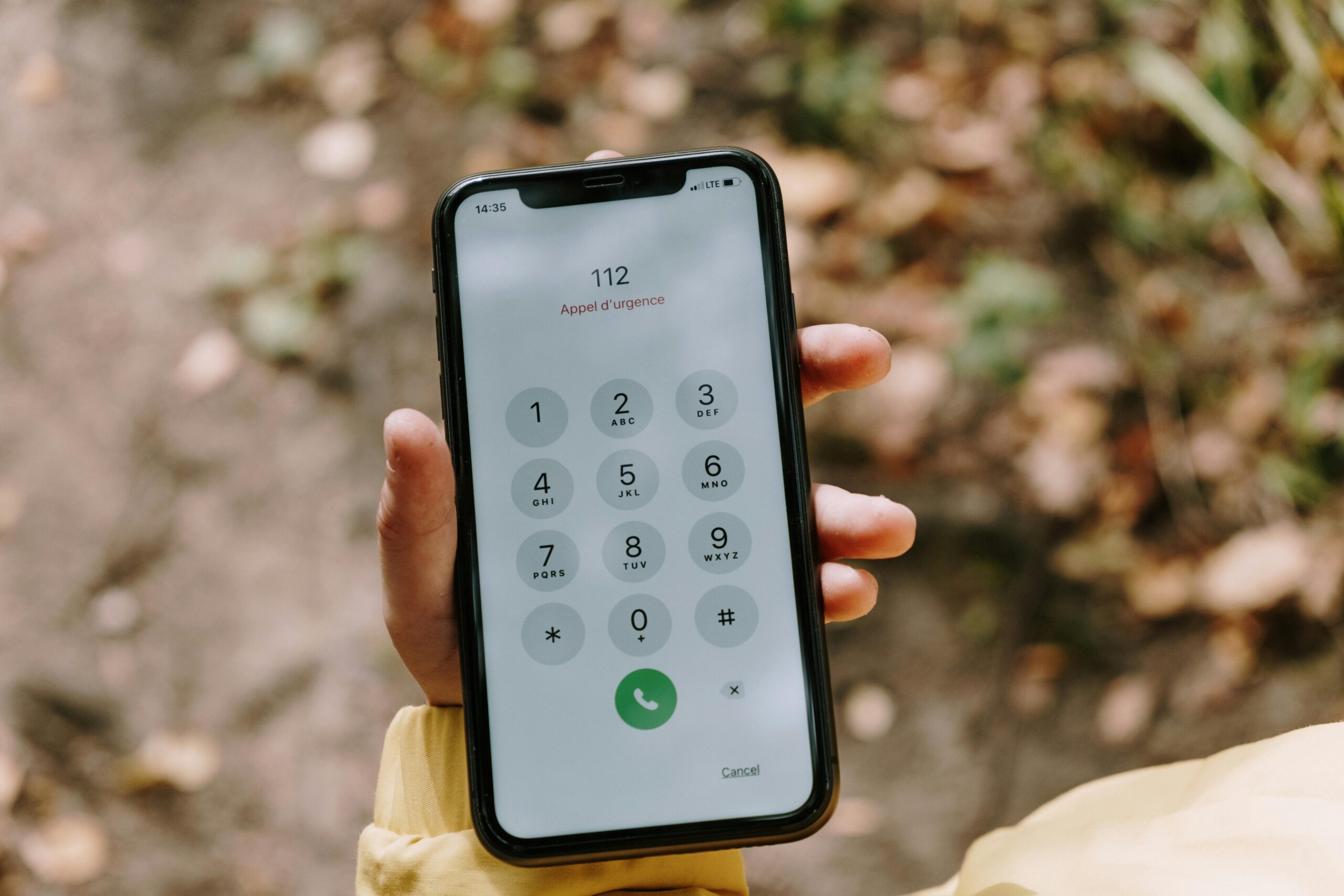Curriculum
HLT009 - Provide Cardiopulmonary Resuscitation - sample course
HLT009 - Course Overview
0/1Course overview
0/3Course overiew - quiz
0/2Basic anatomy
0/9Hazards and risks
0/8Respond to an emergency situation
0/5DRSABCD
0/10The Chain of Survival
0/1Apply appropriate first aid procedures
0/7Communicate details of the incident
0/4Review the incident
0/2Medical Emergencies
0/7Accurately convey incident details to emergency services
0/6
Text lesson
CPR – tips to remember
 |
Chest compression-only CPR: Due to any reason rescue breaths cannot be delivered, chest compressions should still be administered as some oxygen will still be circulated. Proper compressions in the centre of the casualty’s chest continuously 100 times per minute.
Re-assessing for signs of life: A rescuer should only stop compressions to re-assess the casualty if they start breathing normally again, otherwise do not interrupt resuscitation. |


